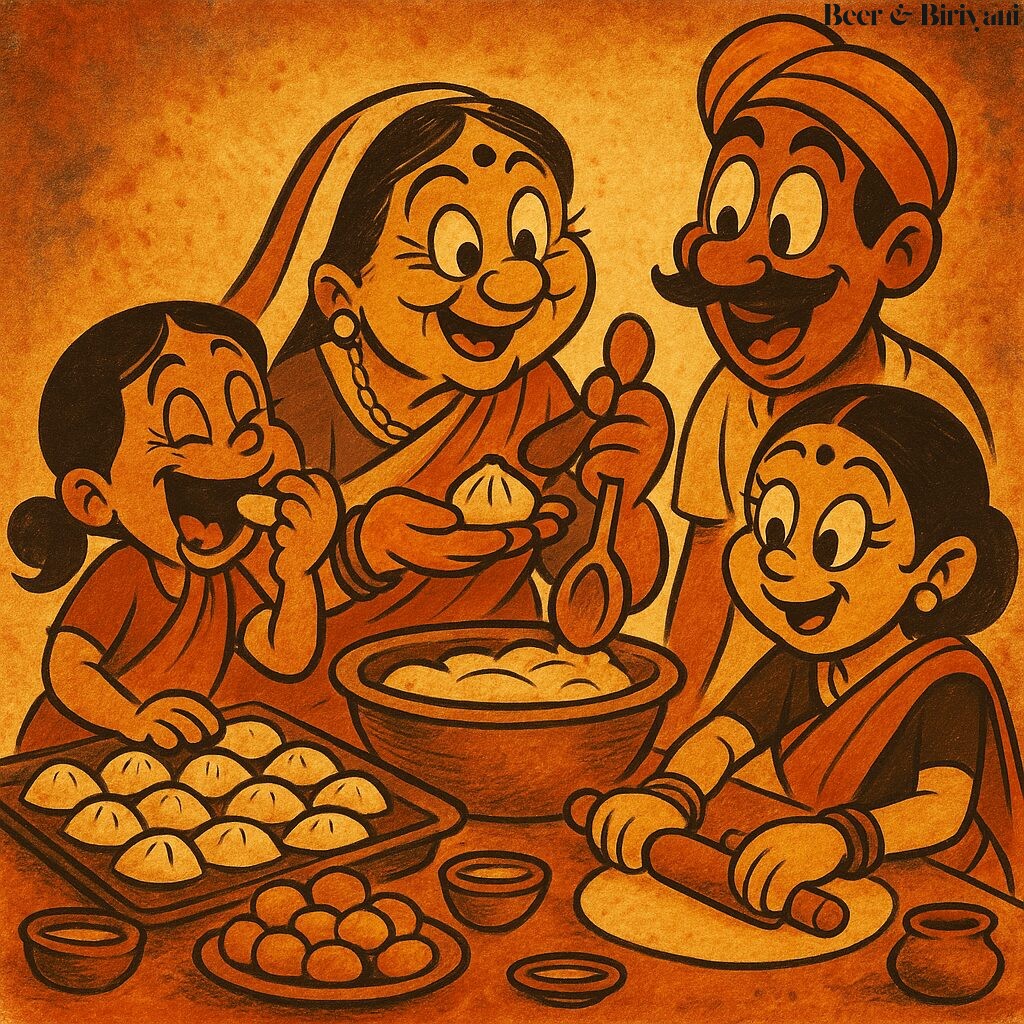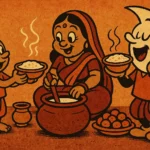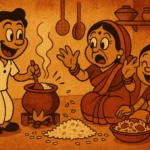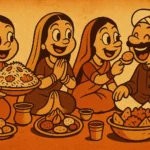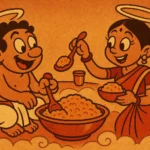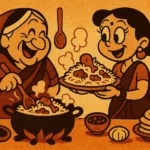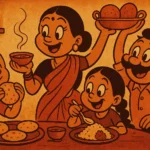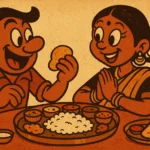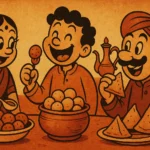There’s something deeply disappointing about biting into a store-bought gujiya on Holi and realizing it’s just… okay. It’s not bad. It’s sweet. It’s filled. But it’s not *the* gujiya. The one from childhood. The one that made your fingers sticky and your soul loud. And suddenly, Holi feels like it’s wearing someone else’s clothes. Still colorful, but missing a beat. Because here’s the thing—festivals in India don’t just look or sound a certain way. They taste a certain way too. And that taste is almost always a sweet.
Festivals Come With a Built-In Dessert Menu
We don’t just eat sweets during festivals—we assign them specific roles. Holi has gujiya. Ganesh Chaturthi means modak. Diwali demands besan ladoos, and any Pongal worth its turmeric must come with a copper bowl of sakkarai pongal. These aren’t optional add-ons. They’re edible affirmations. The sweet is how the festival introduces itself. No seviyan? Is it really Eid?
It’s not just about flavor. It’s about memory. About architecture. One bite and your brain opens old rooms—dusty verandas, noisy kitchens, a grandmother in a cotton saree coaxing golden syrup out of jaggery like it was magic. The sweet is the shorthand. A sensory hyperlink to everything else: the rituals, the chaos, the prayers, the giggles.
Not Just Sweets. Symbols.
Each festival sweet is designed with purpose. Modaks are shaped like Ganesha’s favorite food, closed like secrets. Gujiya, with their half-moon pockets, carry fillings of dried fruits and khoya—rich enough to feel festive, light enough to eat six before regret sets in. Sakkarai pongal uses newly harvested rice and jaggery, cooked until it bubbles over, literally and metaphorically, as a sign of prosperity. These aren’t just recipes. They’re edible metaphors. Rituals shaped in dough.
When You Miss the Sweet, You Miss the Festival
I realized this the first time I celebrated Diwali in Austin. Everything was there—the diyas, the sparklers, even a slightly tipsy game of teen patti. But something felt hollow. And then it hit me: no chaklis. No karanjis. No shankarpale. I had bought some barfi from an Indian store, sure. But it felt like a stand-in. Like inviting a stranger to play a childhood role.
I tried making them the next year. The shapes were wonky. The sugar was moody. But it was better. Because it came with burnt fingers, laughter, and that inexplicable calm that only comes from stirring ghee at 7 AM. The festival returned—not with perfection, but with intent.
The Generational Hand-Down
In many homes, the sweet is the last thing that’s allowed to change. You can switch the lights, modernize the prayers, even make the rangoli with stencils—but don’t touch the tilgul. It’s sacred. Passed down like folklore. My mother still makes gujiya the same way her mother did—with coconut, semolina, and the belief that “dry fruit should be seen, not hidden.” Her instruction manual isn’t written. It’s tasted. Gujiya is her way of saying, “I remember.”
When my Texan-raised son asked me, “Why can’t we have cupcakes for Holi?”, I blinked. I mean, we *could*. But would it still be Holi? Or just a party with colors? I told him we could make both. Gujiya first, then cupcakes. He agreed. As long as he could help shape the gujiya. Even if they looked like dumplings wearing hats.
When the Sweet Changes
But what happens when the sweet *does* shift? When people replace boondi ladoo with tiramisu? Or when modern life turns puran poli into a microwaveable snack? Does the festival lose something?
Maybe. But maybe not. Because festivals evolve. What matters, perhaps, isn’t the exact sweet—but the space it fills. The role it plays. If a pineapple upside-down cake is made with love and eaten with reverence on Pongal, maybe it earns its place. But if there’s no moment at all—no sweet, no offering, no pause—then the loss is felt not in the menu, but in the mood.
The First Bite Still Matters
Every festival begins with that first bite. Sticky, warm, too sweet. You taste it, and something in you exhales. You’ve arrived. The celebration has begun. And it doesn’t need fireworks or hashtags. Just jaggery, flour, ghee—and the memory of many hands that once shaped the same thing, in the same kitchen, for the same joy.
Born in Mumbai, now stir-frying feelings in Texas. Writes about food, memory, and the messy magic in between — mostly to stay hungry, sometimes just to stay sane.

